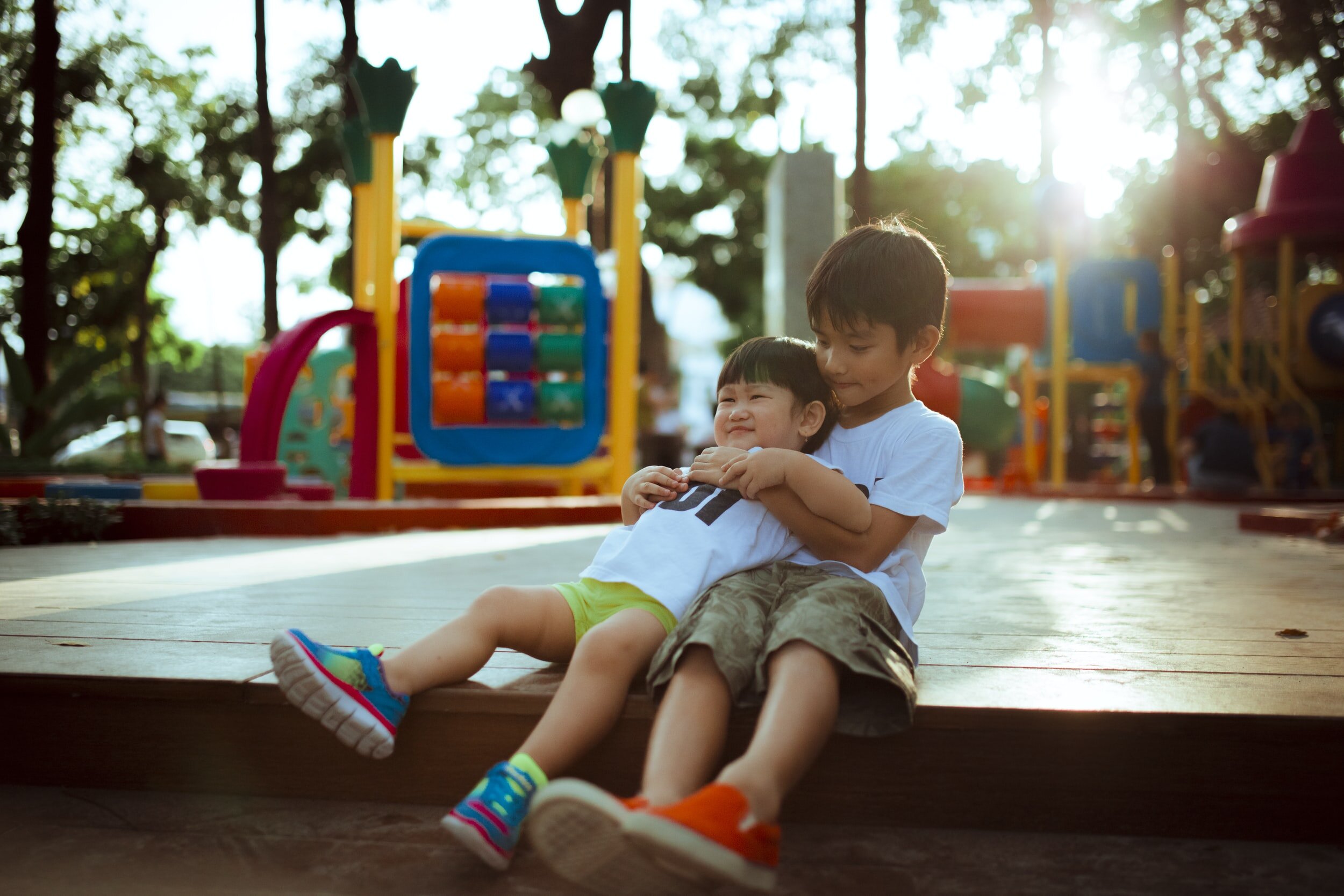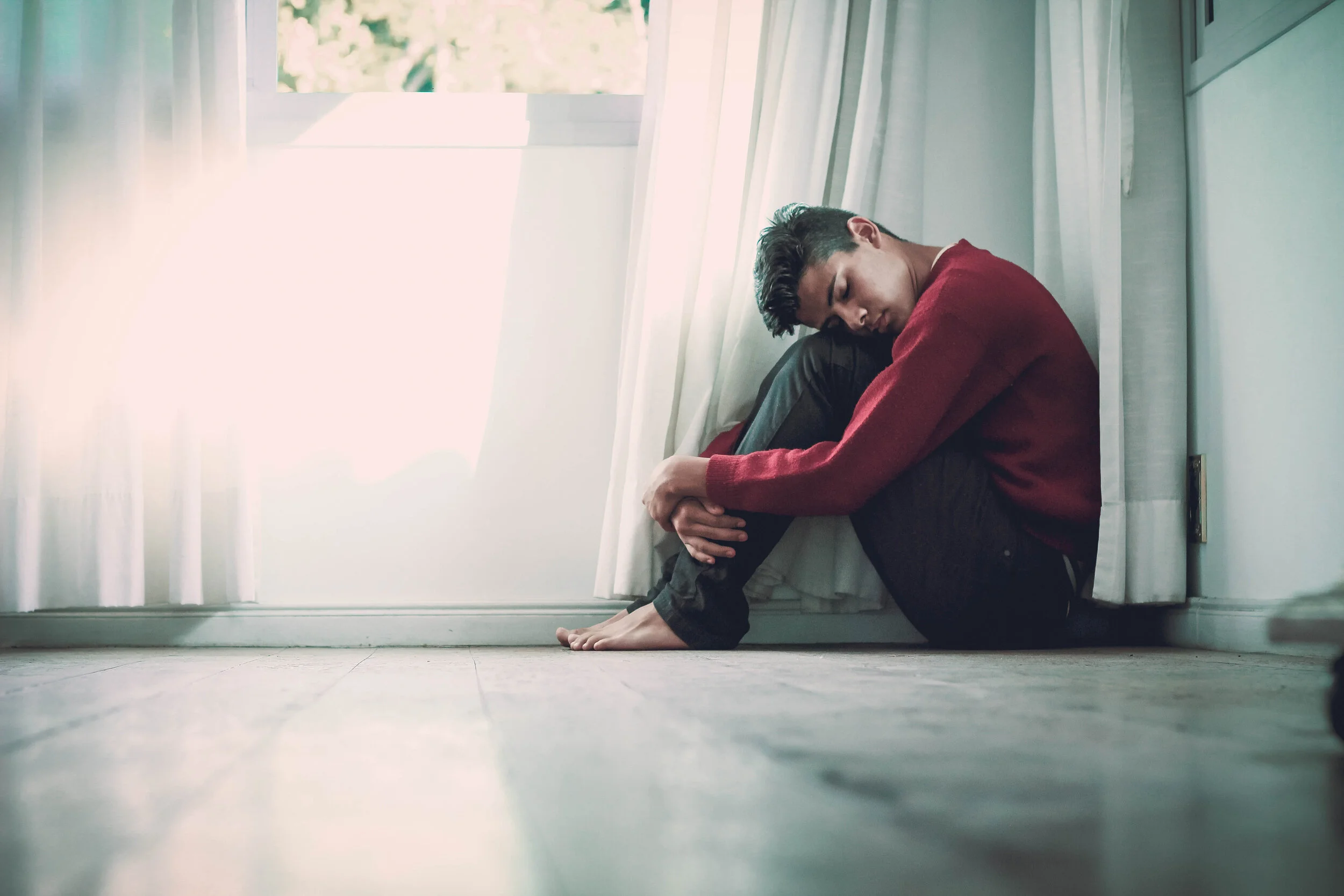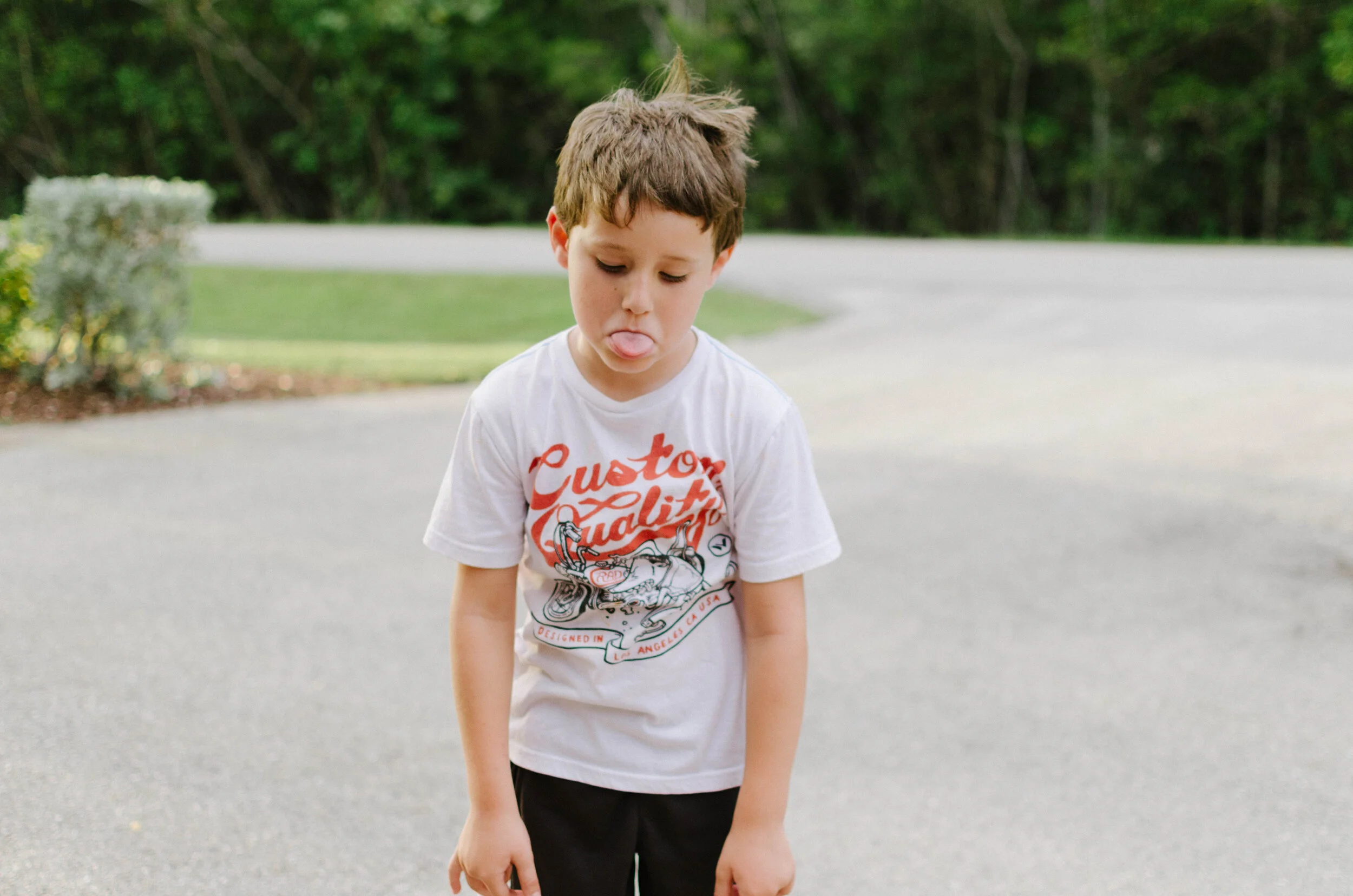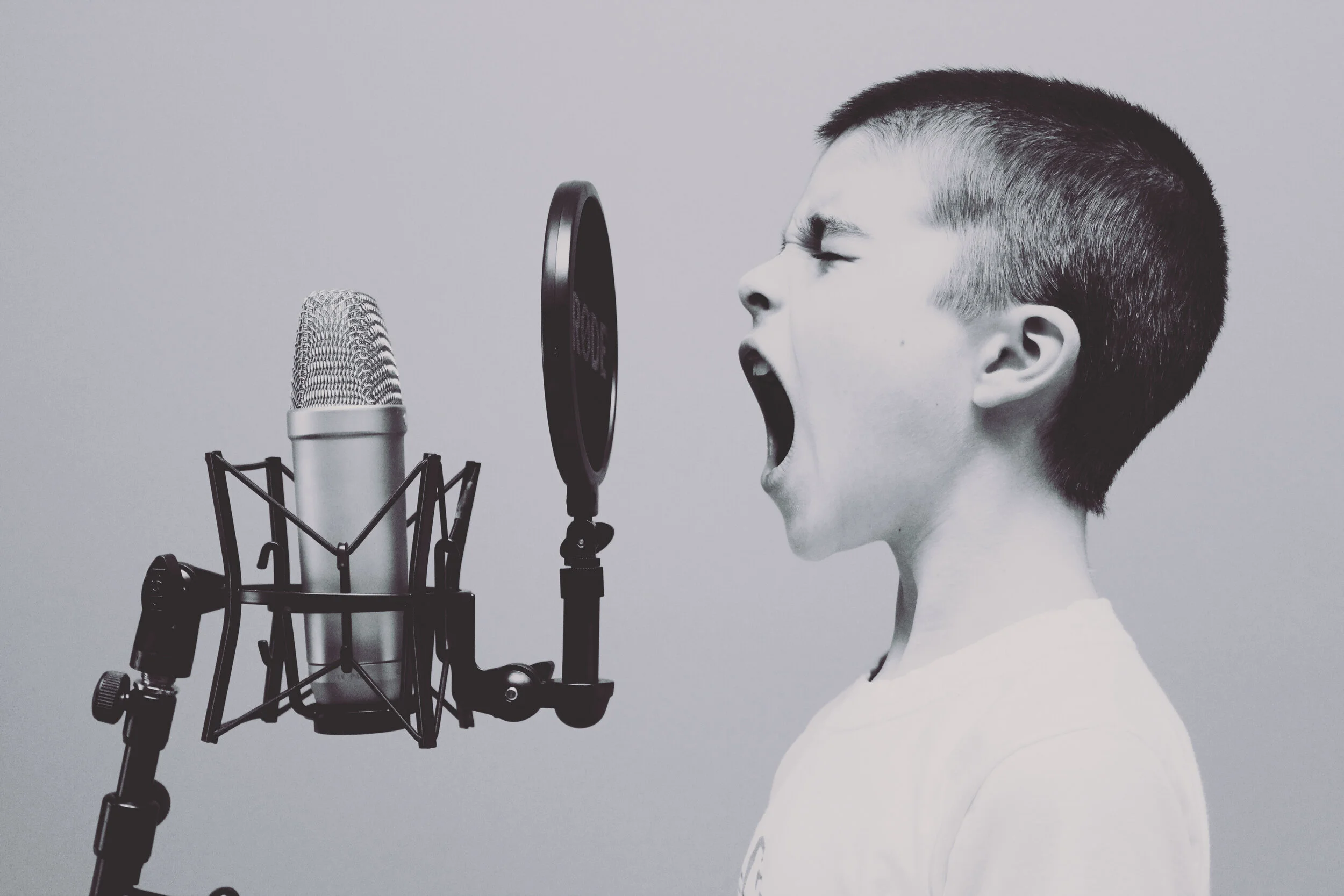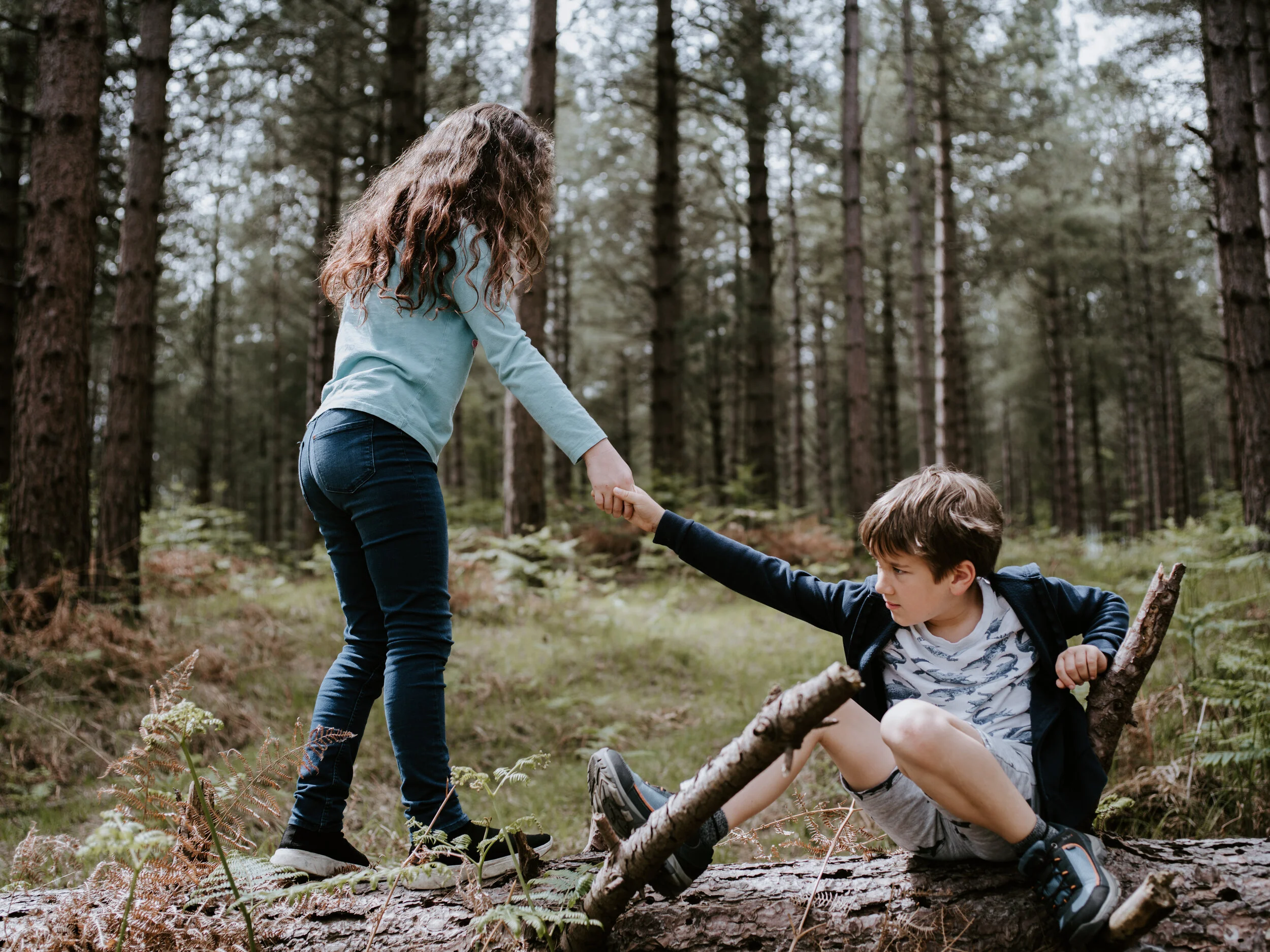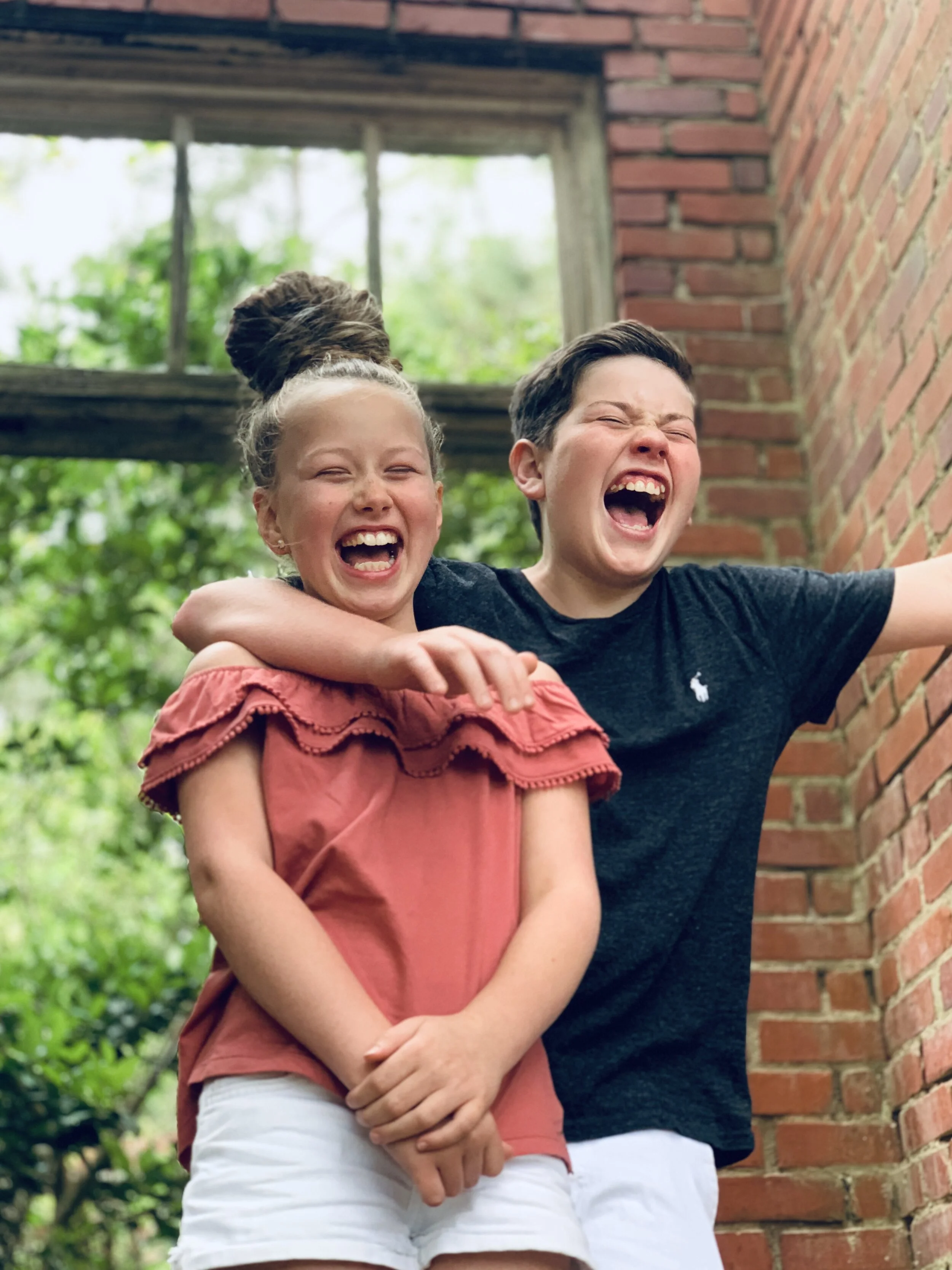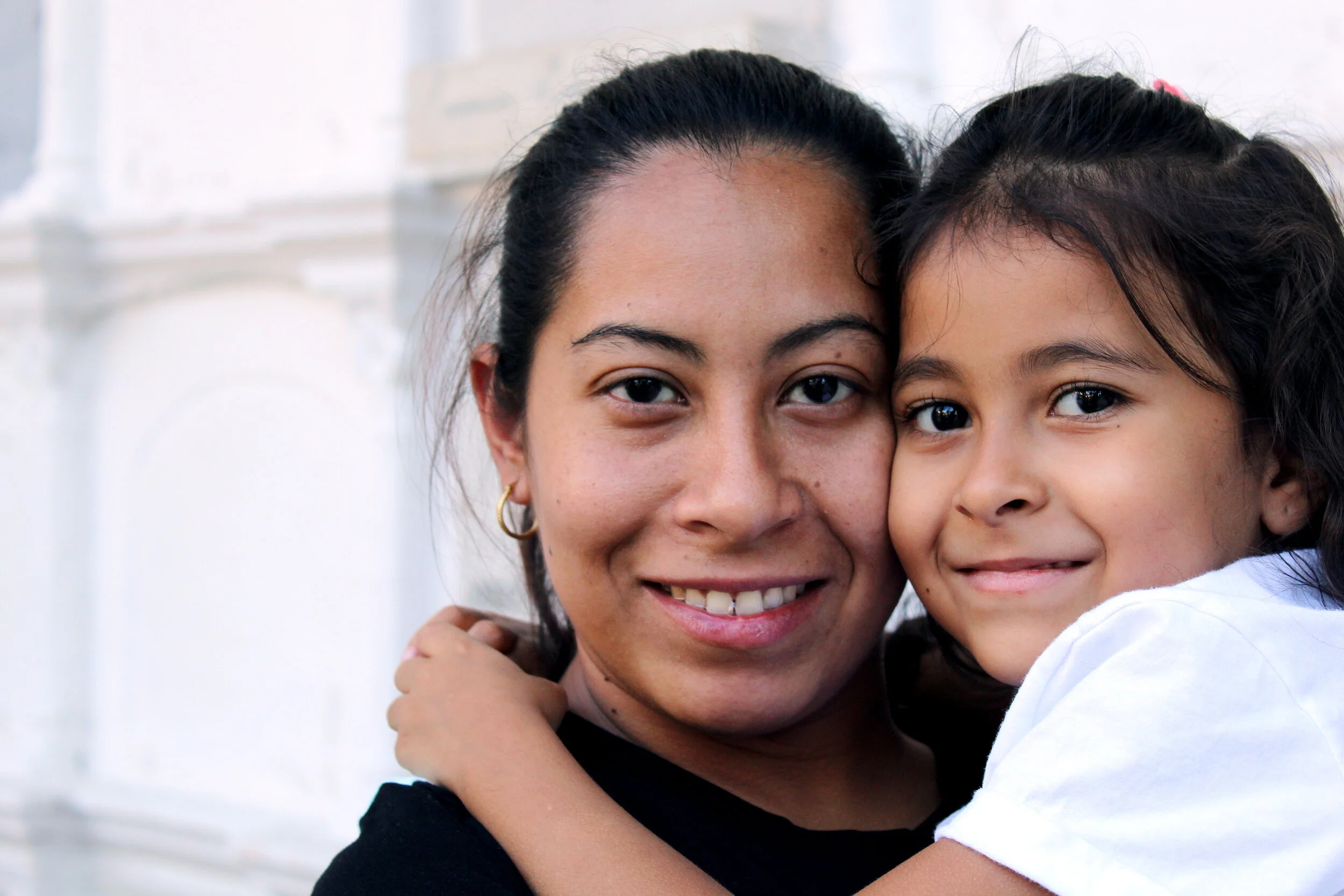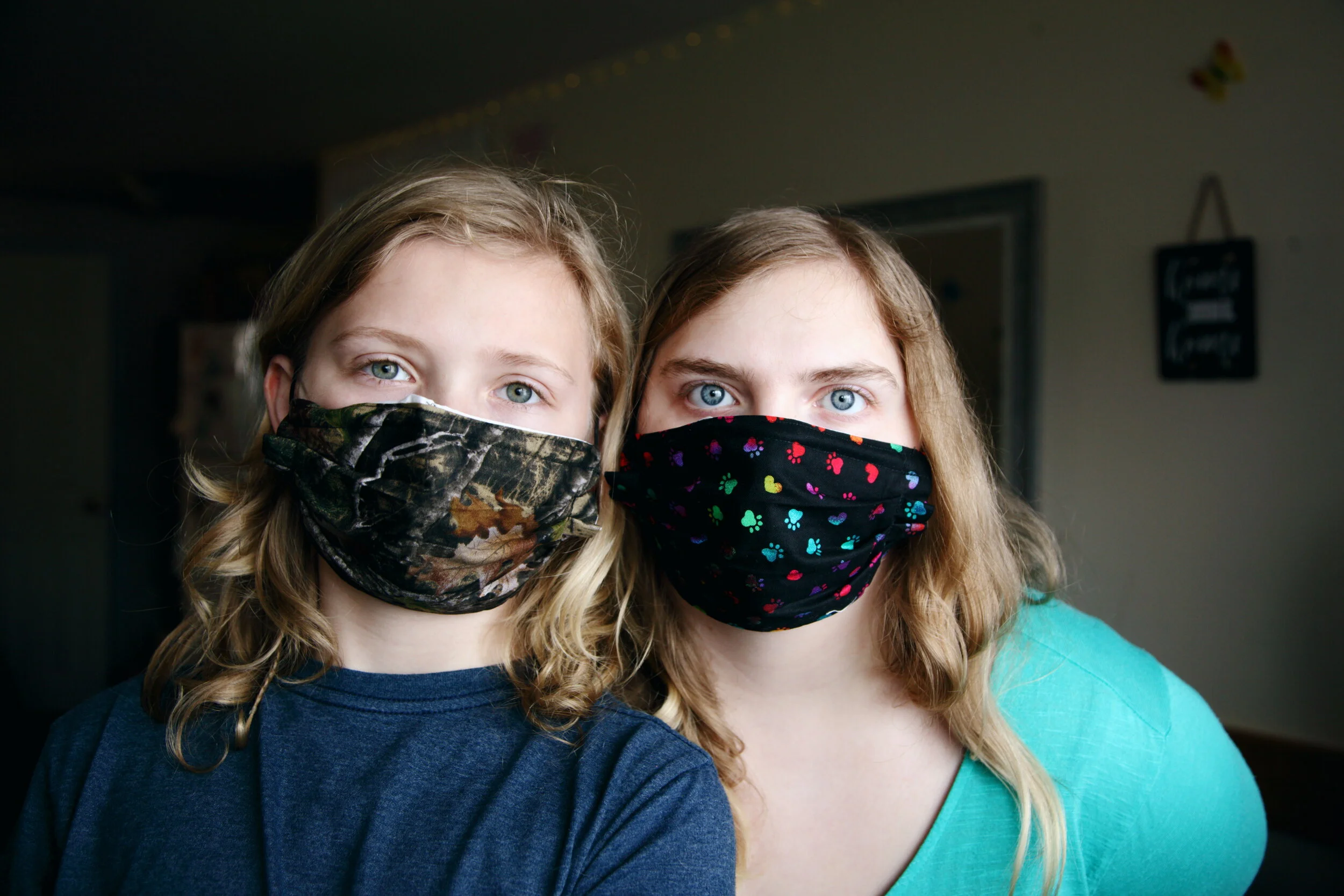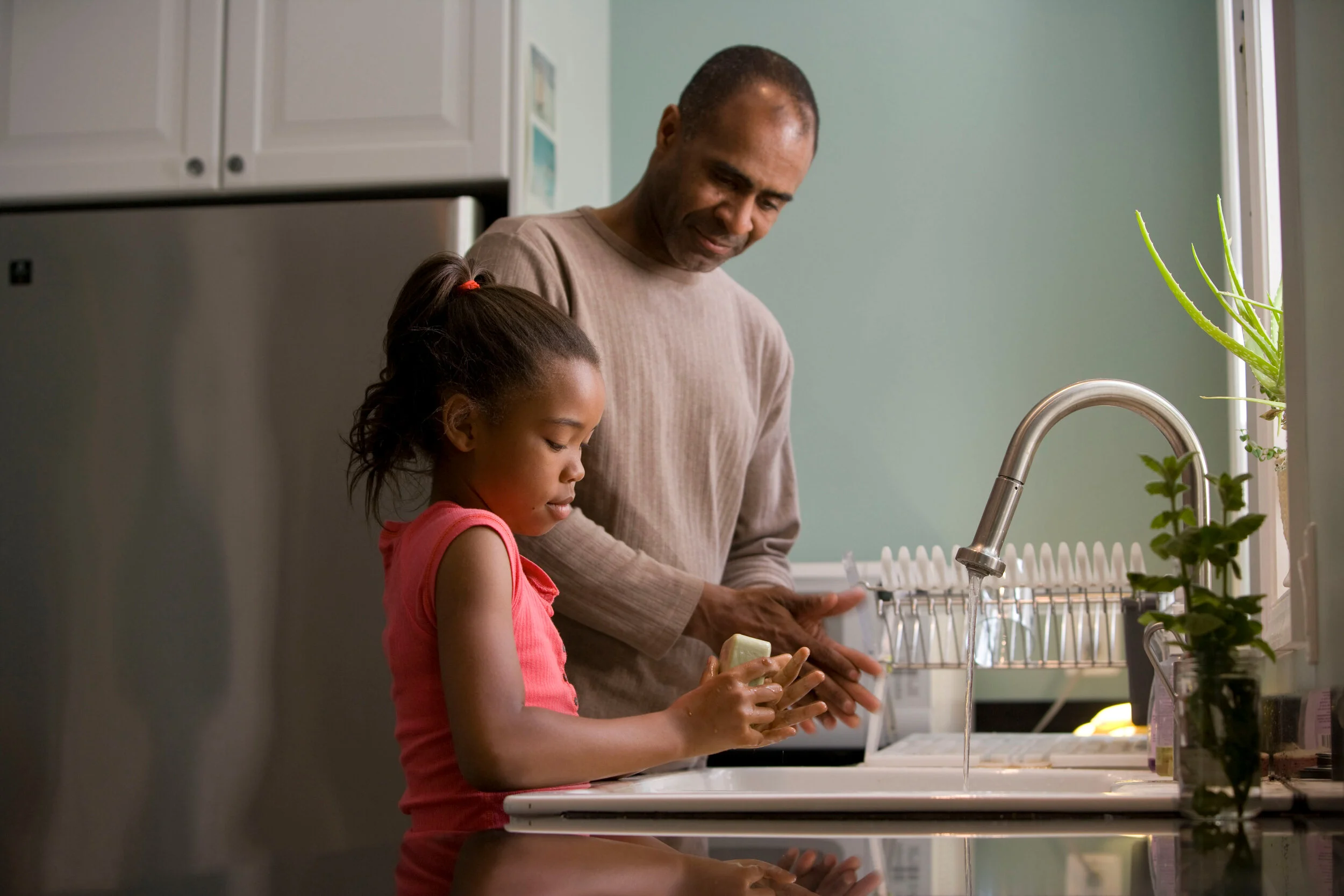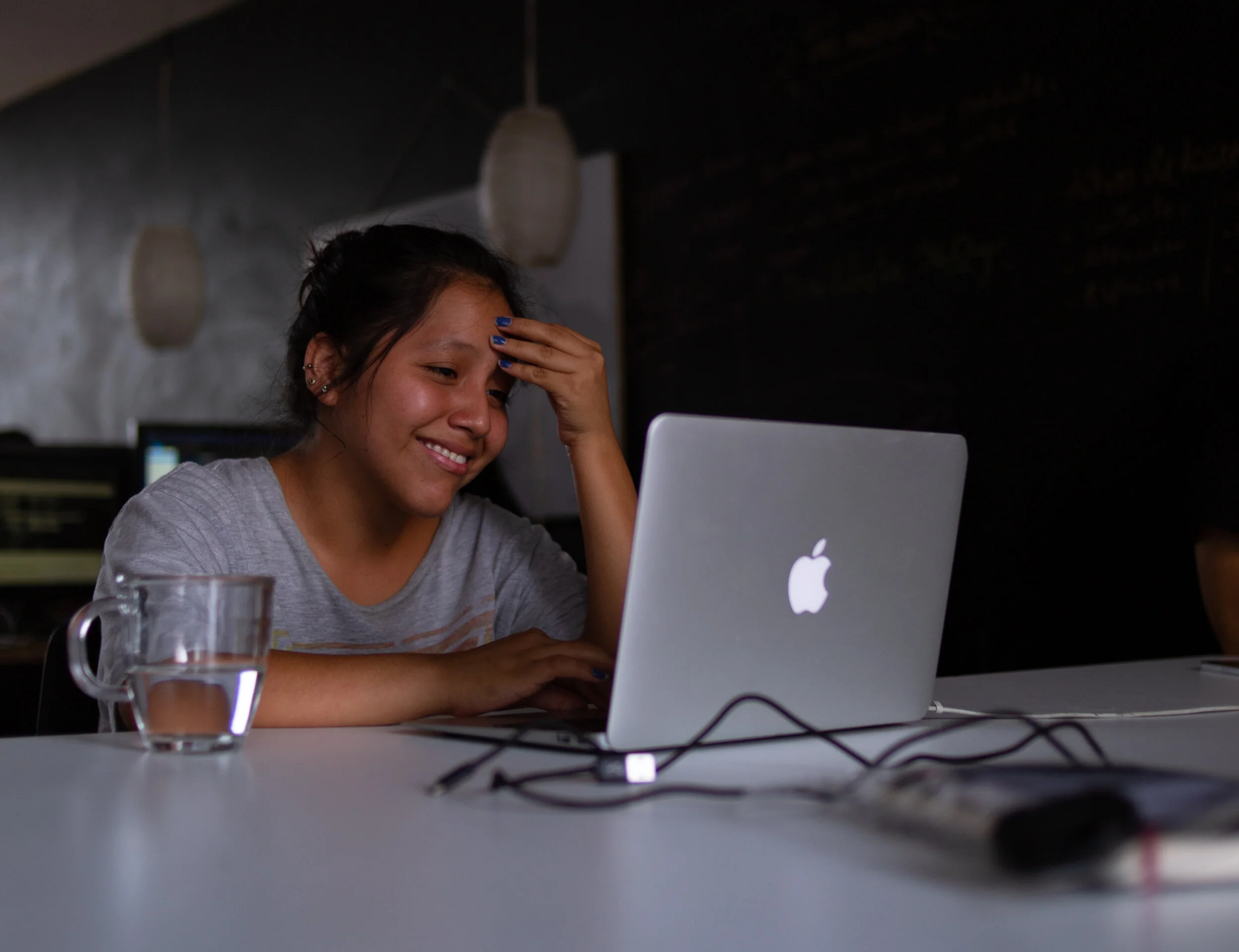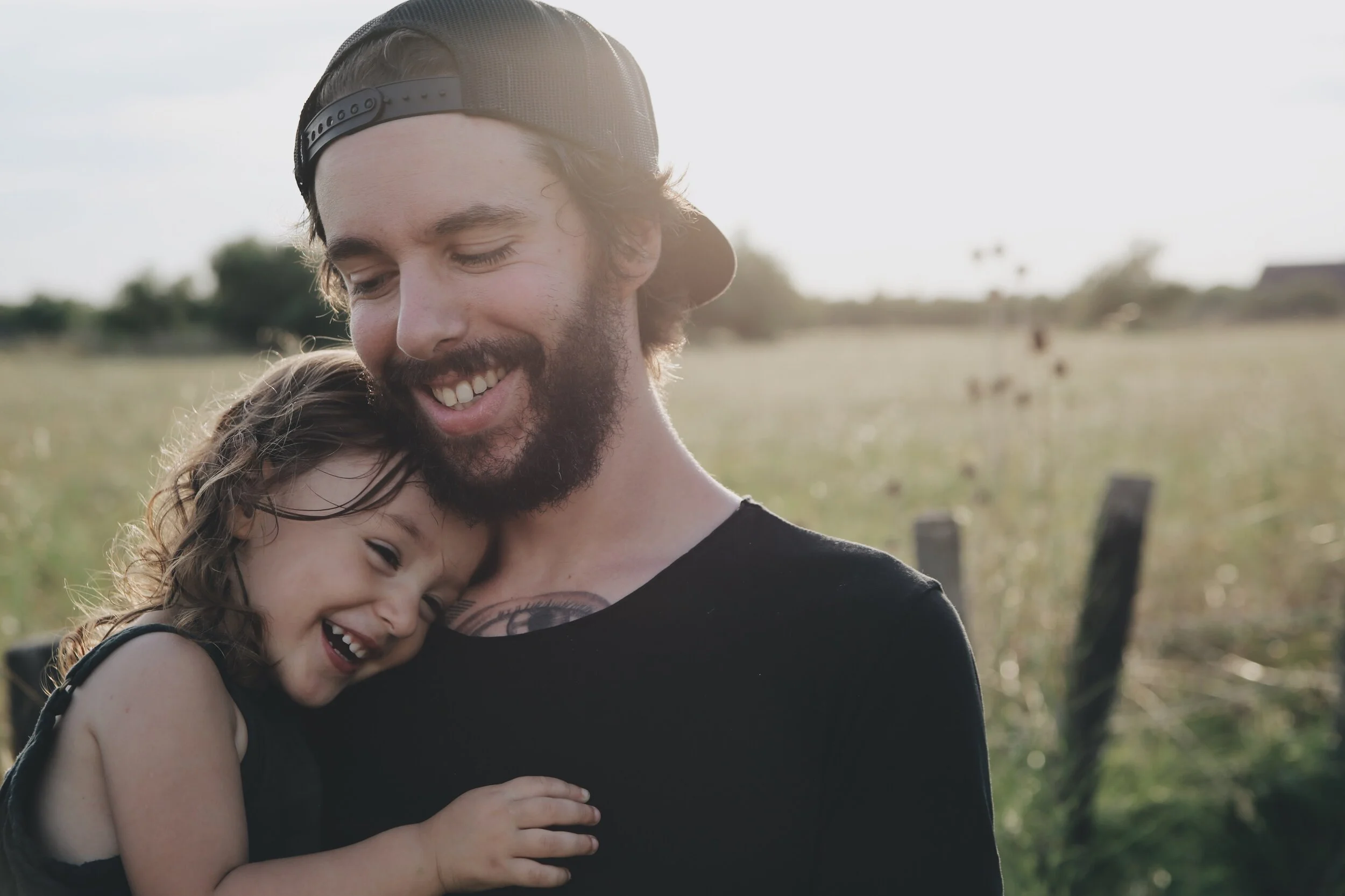Did you know that teen girls struggle with anxiety at higher rates than teen boys? During the elementary school years, about 5% of girls and boys will be diagnosed with depression. As puberty approaches, those numbers shift: by the teen years, as many as 20% of teen girls have symptoms of an anxiety disorder. If your teenage daughter is struggling with anxiety, she isn’t alone.
It can be easy as an adult to look back at the high school years through rose-colored glasses. As exciting as the teen years can be, they also come with a lot of stress. Teenage girls have to tolerate all kinds of uncertainty: a changing body due to puberty, shifting friendships and social groups, and unknowns about life after graduation. Social media pushes an impossible standard of beauty on teen girls. Meanwhile, standardized testing and resume-building activities are putting more pressure on today’s teens at school than ever before. It’s no wonder so many young women are feeling stressed.
Some of this stress is inevitable, but parents and caregivers can do a lot to make life easier for teen girls. Here are a few ways you can help your anxious teen to cope with stress in a healthy way.
Don’t Try to Solve Your Teen’s Problem—Validate It
If someone is venting to you, it’s tempting to start offering advice right away. This is especially true with teenagers, who are going through problems that might sound all too familiar to us from our own teen years. I struggle with this same advice-giving impulse sometimes in my therapy office: therapists were teenagers once, too! Unless you’re directly asked to give advice by your teen, it might be more wise to validate their feelings rather than jumping straight to a solution.
When a teen vents her worries or frustrations, she’s not necessarily asking you to “fix” anything. She’s looking to connect with you and feel heard. That may be all the comfort she needs to self-soothe and figure out the solution to her issue on her own. You can let your teen know that you empathize with her and that what she’s feeling is totally normal and understandable. If you’re feeling the pull to give advice, consider a short, sweet validating statement instead:
“Ugh, that sounds awful.”
“That would upset me, too.”
“I can see why this is so important to you.”
“What a rough day.”
Highlight Your Teen Girl’s Strengths, Rather Than Her Anxiety
Sometimes, talking about anxiety actually makes it worse. While some venting and validating can help (see above!), continuing to rehash the same information tends to intensify anxious feelings. Have you ever found yourself in a conversation where you’re hitting the same points over and over again, and it kind of feels like you’re circling the drain? You keep analyzing and re-analyzing, but there’s no resolution.
This kind of circular thinking pattern is called ruminating, and it’s common in both teens and adults who struggle with anxiety. Just like water circling a drain speeds up and gets faster, ruminating tends to amplify our worries. Rather than falling into the trap of ruminating, redirect your conversation to focus on your teen girl’s strengths. After you validate her feelings, you can show her you’re confident that she can overcome whatever situation she’s facing. Consider saying something like:
“This sounds so hard, but I know you can handle it.”
“You are so brave.”
“You’ve done this before, and you can do it again.”
“You’ve got this!”
Practice Coping Skills to Relax and Manage Worries
We all know we need to relax when anxious, but it’s easier said than done. Well-meaning friends might suggest that we “just breathe” or “just relax”, which might work fine for someone who has a lot of practice using coping skills. For many teens, though, this advice isn’t specific enough. They need to learn what relaxation feels like, and find the coping skills that work best for them.
Learning how to take deep belly breaths, rather than shallow breaths, can help teens learn how to use the breath to soothe anxiety. For some teens, body-based techniques like progressive muscle relaxation work better than breathing. Mental health apps designed for teens, like What’sUp?, give teens portable tools to stay grounded during panic attacks. I also have an online course, Worry-Free Tweens, that teaches my favorite coping skills for anxiety to both kids and their parents.
Although teen girls are more likely to struggle with anxiety than younger children, they also have more options when it comes to dealing with their worries. Teens have the advanced verbal and cognitive skills needed to start noticing their own thoughts. Rather than accepting their worries at face value, teen girls can double-check to see if they are worth listening to. Cognitive Behavioral Therapy can teach teens and young adults how to “think about thinking” and manage worries more easily.
Cognitive Behavioral Therapy for Teen Girls With Anxiety
If supportive conversations and coping skills don’t seem to be enough, counseling can help teens girls overcome anxiety. You don’t need to be in a full-in crisis situation in order to benefit from therapy. Normal life transitions like starting at a new school, managing homework stress, or dealing with friend drama are common and valid reasons to seek out a counselor. Sometimes, it’s just nice to have an unbiased person to work through all this stuff with who isn’t a friend or a parent.
In particular, Cognitive Behavioral Therapy can be a great option for teen girls with anxiety. It goes beyond just talking about worries—teens walk out the door with tools they can use right away to start coping with life stress. It’s really empowering to get a handle on strong feelings like anxiety. Teens can take the newly learned self-confidence and coping skills they learn in CBT with them into young adulthood.
If you’re in North Carolina, New York, or Florida and looking for a CBT therapist for your teen girl, I’d love to help! I’m local to the Davidson, North Carolina area, but I can see teens from all three of these states online. You can learn more about me and my approach, or shoot me an email if you’d like to set up a first appointment.









